- Article
and pictures tell why Abhaneri step-well is a wonder of the world, built in 8-9th
century.
Last
autumn, my son had planned a weekend trip to Alwar with his friends. While they
were drawing up their plans, as is my habit, I searched online “places to visit
near Alwar.” And that’s how I discovered this hidden little jewel of Rajasthan,
called Abhaneri.
There
were primarily only two things of importance - a stepwell and a temple, both
more than a thousand years old. I am a sucker for history and everything from
the past. Also, I find stepwells or baolis/baoris as they’re locally
called, very intriguing. I had already seen a few around Delhi but made a note
of this one in my head.
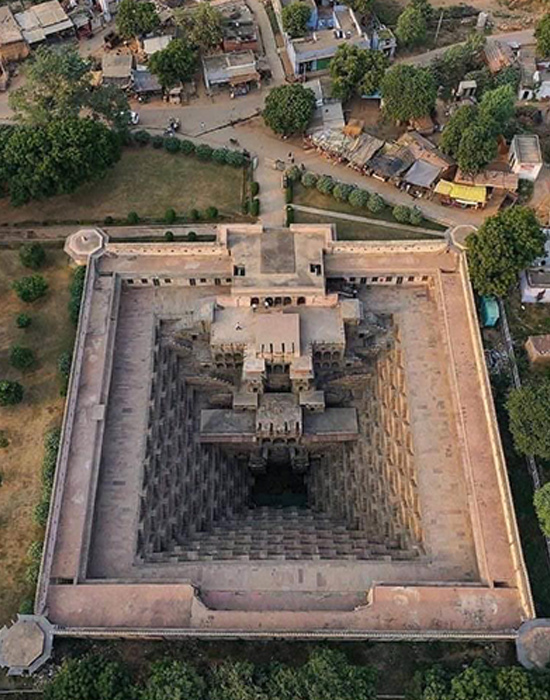 Sourced from twitter. Help with credits.
Sourced from twitter. Help with credits.
Abhaneri
means a city on which the “moon shines”. The step-well is called Chand Baori - named
after King Chand Raja, who built it, in the 8-9th CE. Yes, it is older than the
more well-known marvels like the Taj Mahal, Khajuraho, or the Chola temples.
Not only is it the oldest but it’s also the deepest and largest stepwell in
India.
For
those who might not know, baoris were made in olden times, especially in hot and arid lands, to serve as water reservoirs.
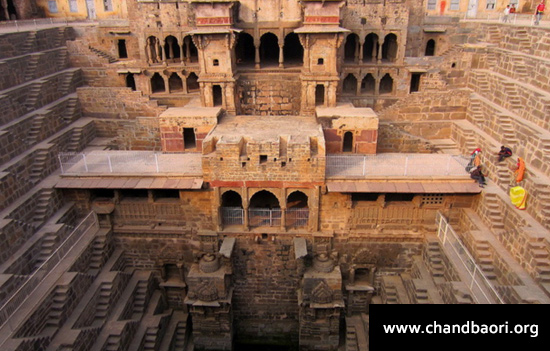

My
family and I made a trip to Abhaneri, last winter. Located in Dausa district of
Rajasthan, Abhaneri is easily accessible from Delhi (210 km), Jaipur (95 km)
and Agra (155 km). Despite that, the tourist footfall was not much. One could
see the neglect and lack of interest in promoting an architectural heirloom
like that. The gentleman at the ticket window said, the state tourism
department prioritizes only the more popular places like Jaipur and Udaipur.
One could see that the village-folk living in the surrounding areas also are
losing out on a more robust livelihood.
The
stepwell consists of 3 flights of stairs that descend into the earth with an
elaborate palace on one side, overlooking the tank in the centre. The flight of
stairs and the palace are arranged in a square pattern with thirteen stories
and 3500 steps in all. Even today, this 64-ft deep baoli has water which
fills up a good deal during monsoons. The first look at it leaves you
awestruck. It’s astonishing to find the stepwell still in almost-perfect
condition looking absolutely regal and geometrically perfect.
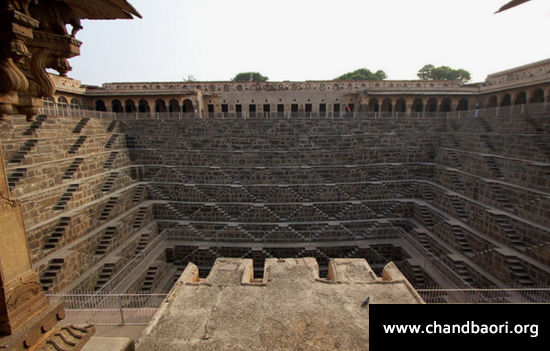
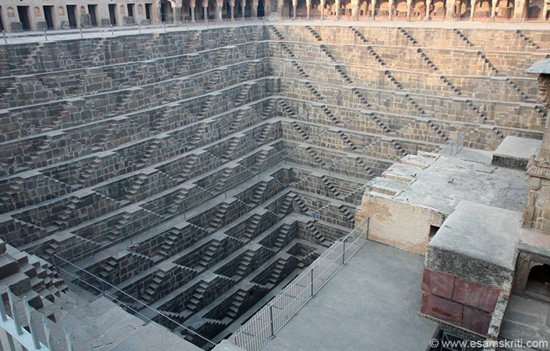
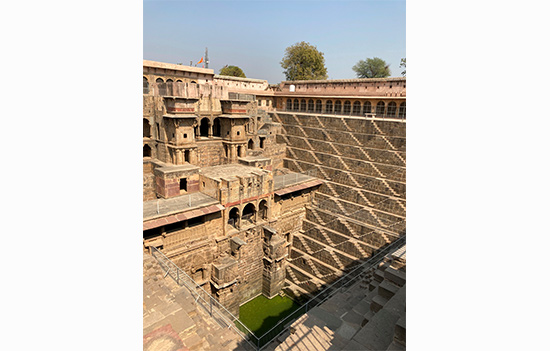 Side view, see water bottom of pic.
Side view, see water bottom of pic.
You
aren’t allowed inside the different levels of the palace as it needs repairs at
places and until then it would stay off-limits. A look around the baori and you
see a long corridor running on three sides which holds dozens of beautifully
carved stone idols of various gods and goddesses which must have once been a
part of the adjoining temple. The guide highlighted some images of Shiva in red
sandstone, Shiva meditating and Shiva with Parvati - which he emphasised on,
that day being the Valentine’s Day! Then there was Vishnu in the Kalki avatar
and as Parashurama, Karthikeyan, Mahishasurmardin, a panel of Brahma, Vishnu
and Mahesh, carved columns and so on.
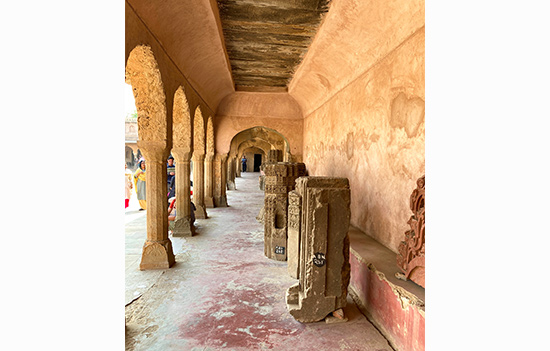
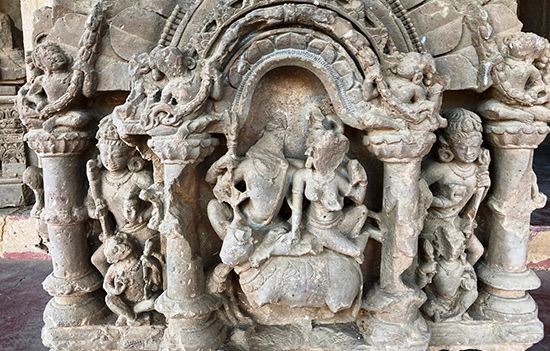 Shiv Parvati with faces damaged.
Shiv Parvati with faces damaged.
The
temple is right next to the baori. It’ is dedicated to Harshata Mata - the
Goddess of Happiness! A local we met, said, it used to be a ritual to wash
hands and feet at Chand Baori before paying obeisance at the temple. The temple
was constructed in the 8th CE but most of it was pillaged by invader Mahmud
Ghazni in the 10th CE. In fact, hundreds of broken and mutilated idols can
still be seen all around the periphery of the temple.

What’s
a pleasure to see, is that, the temple still looks resplendent, sitting on a
raised platform, with a flight of stairs in the front, leading into the mandapa
or the pillared pavilion which further leads into the sanctum sanctorum.
It was
a beautiful sunny day. From the temple you could look at the vast green fields
and little hutments for miles all around.
An
annual 3-day Abhaneri festival happens at the beginning of Sharad Navratras. We
were done in half-a-day. Before leaving, as is the ritual, I went looking for
some souvenirs at the couple of small shops, right outside. Then enroute Delhi
we stopped at Alwar for the choicest chaat and rasmalai. And of
course, it would have been a sacrilege to leave Alwar without an assortment of
different milk cakes.
To read all
articles by author
To
see album on Abhaneri Step-well
Except where watermarked clearly, all pictures are courtesy and copyright author.